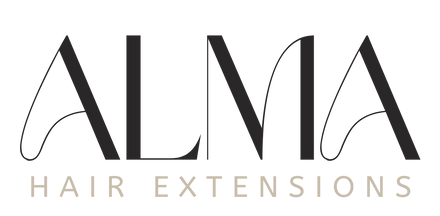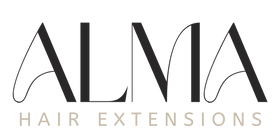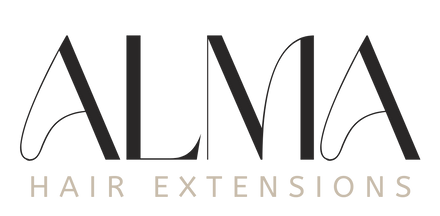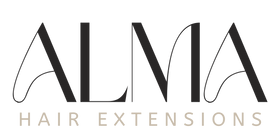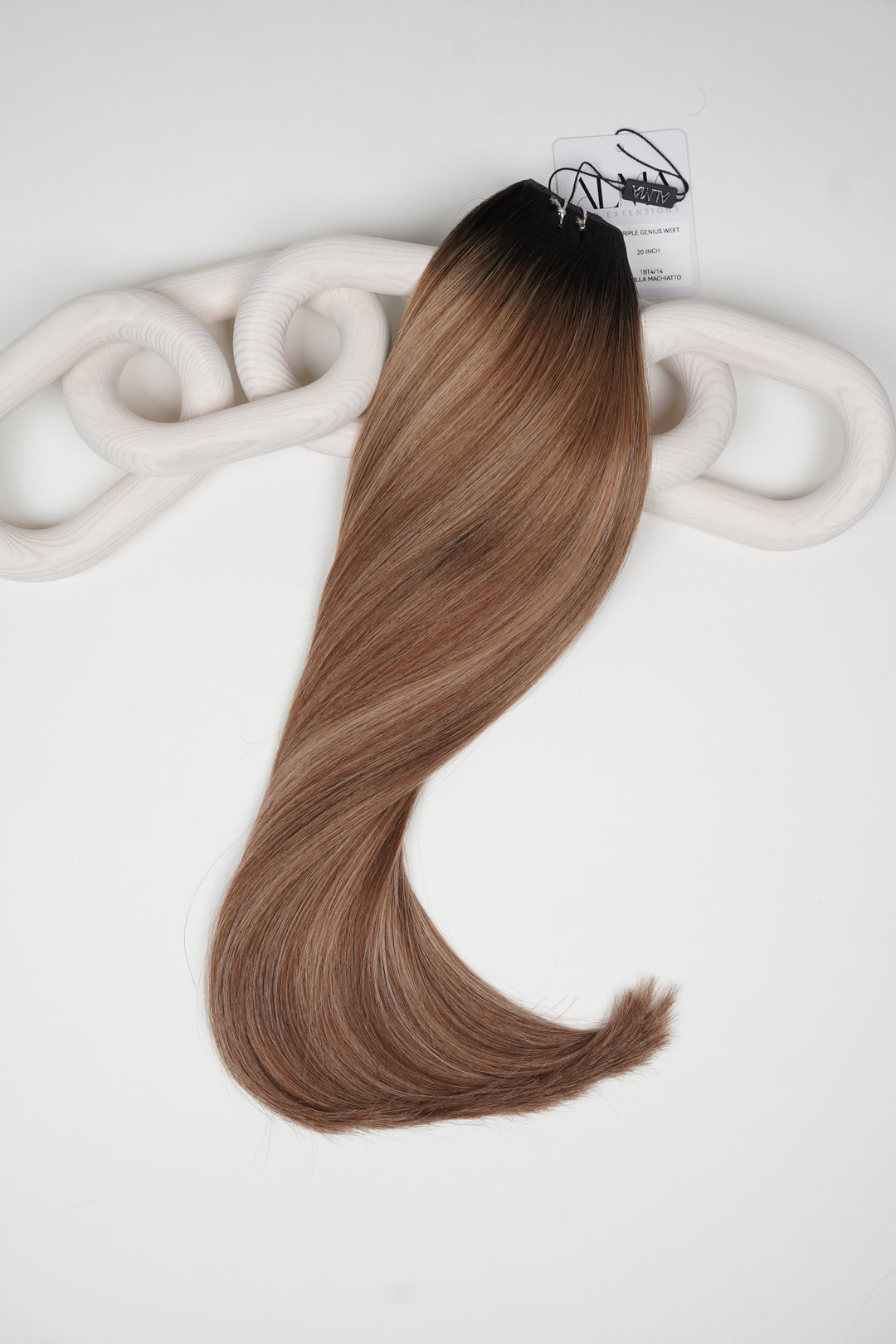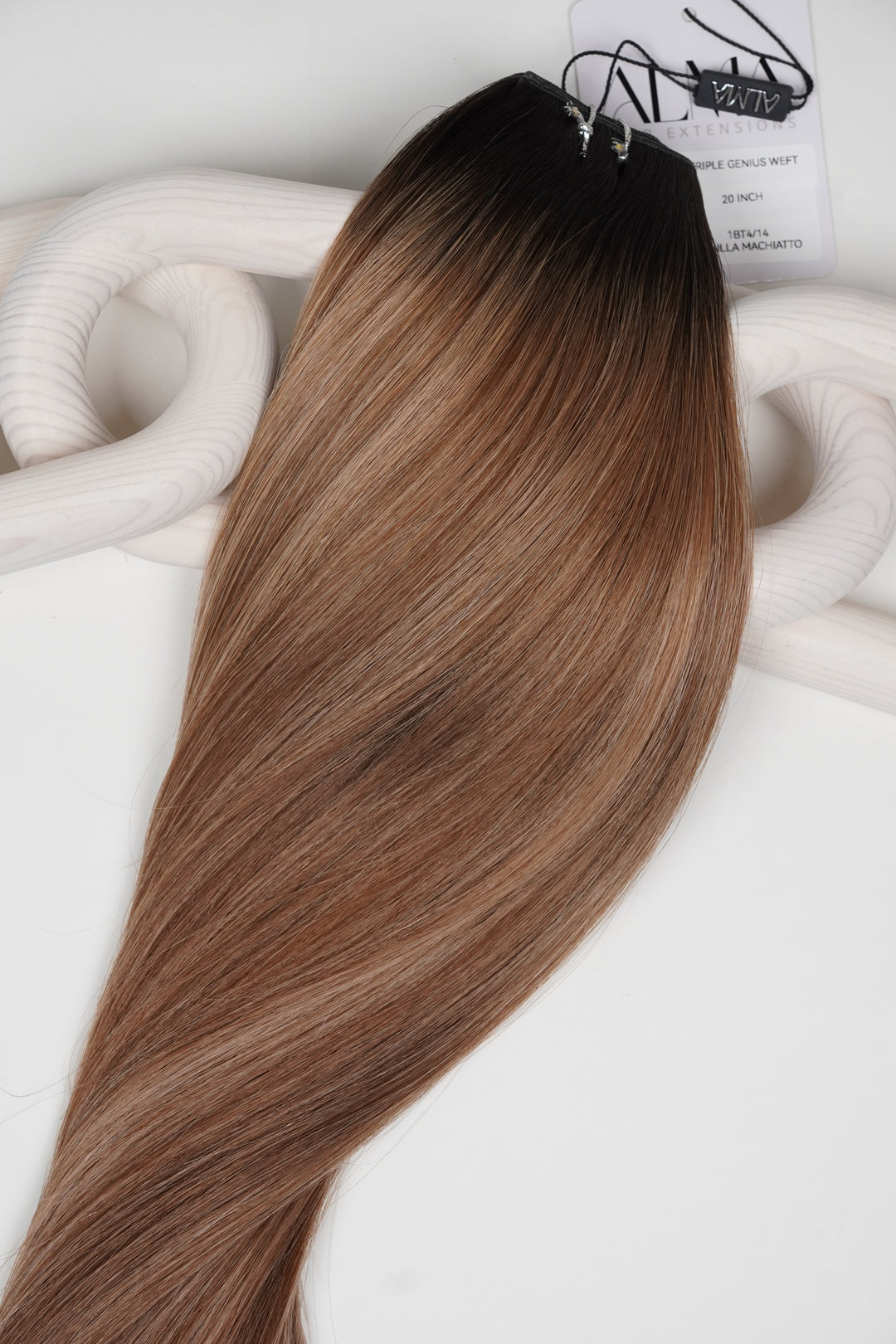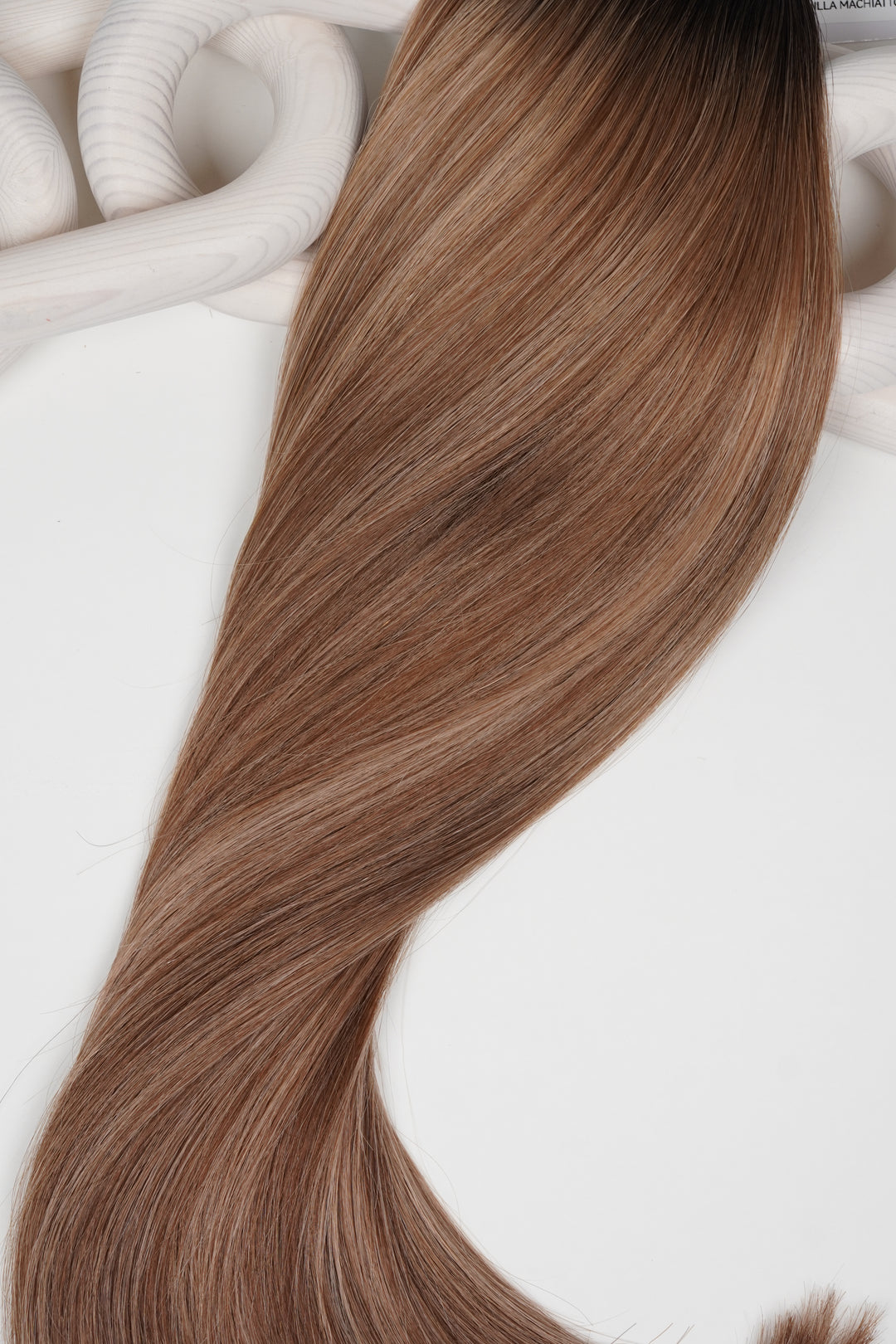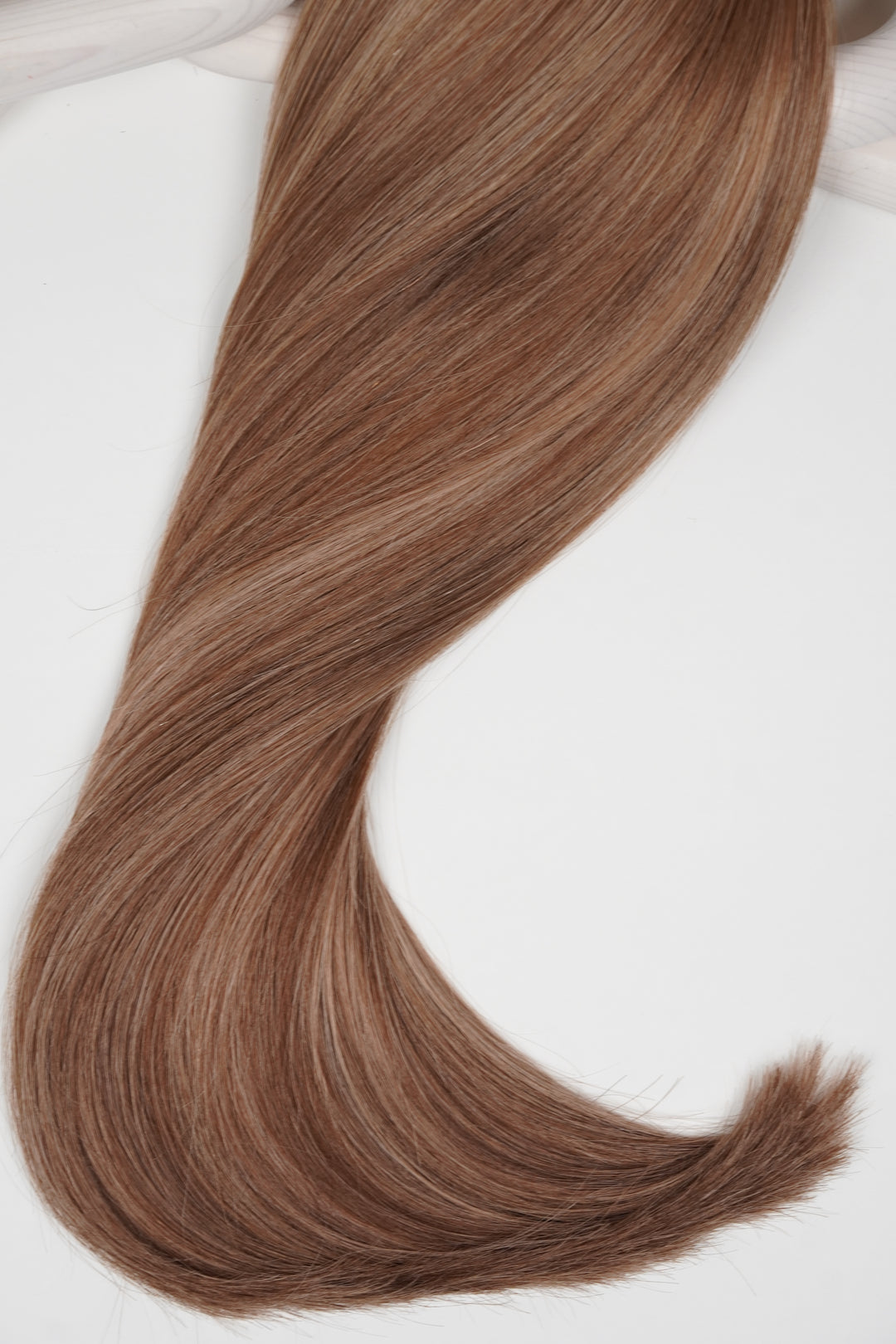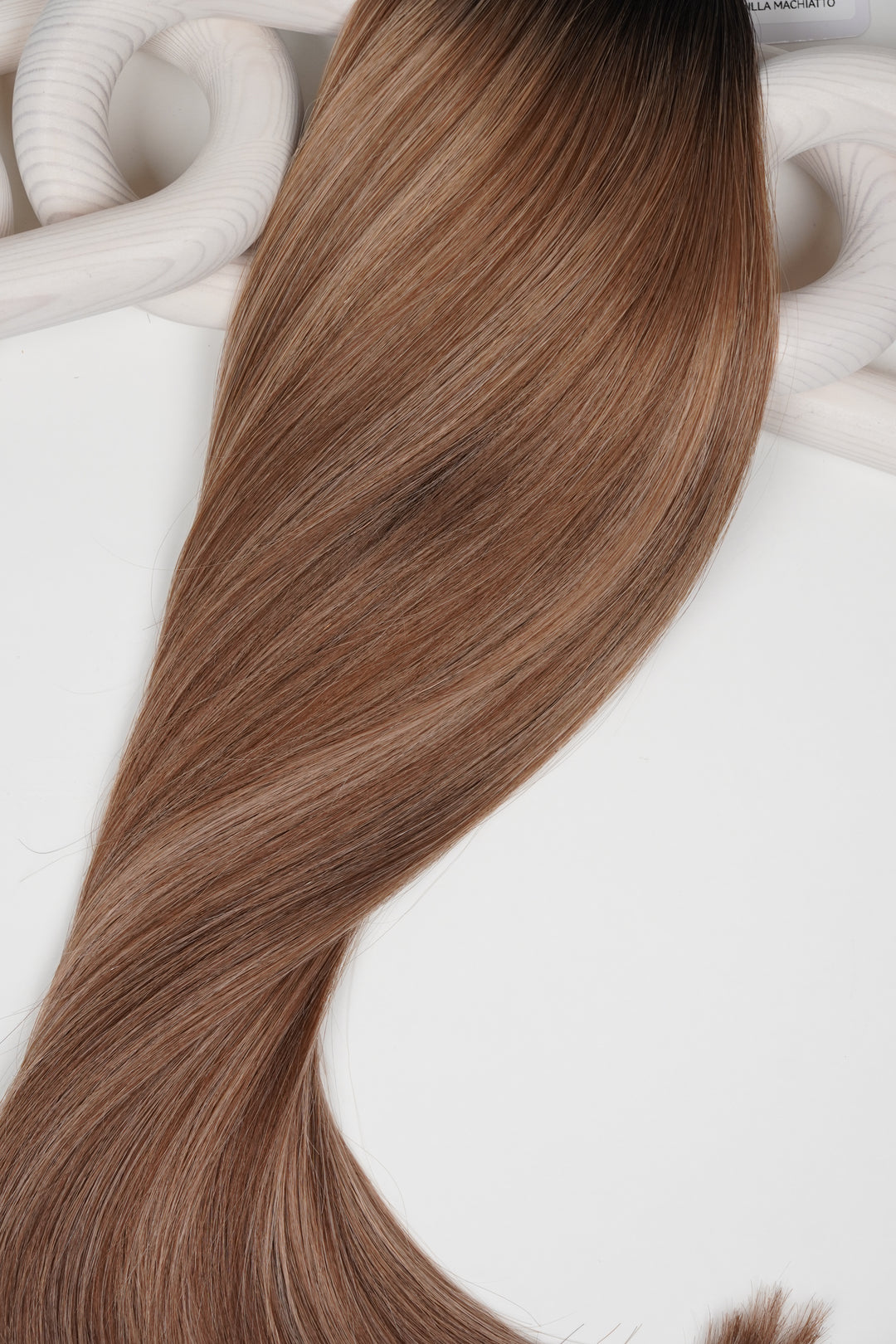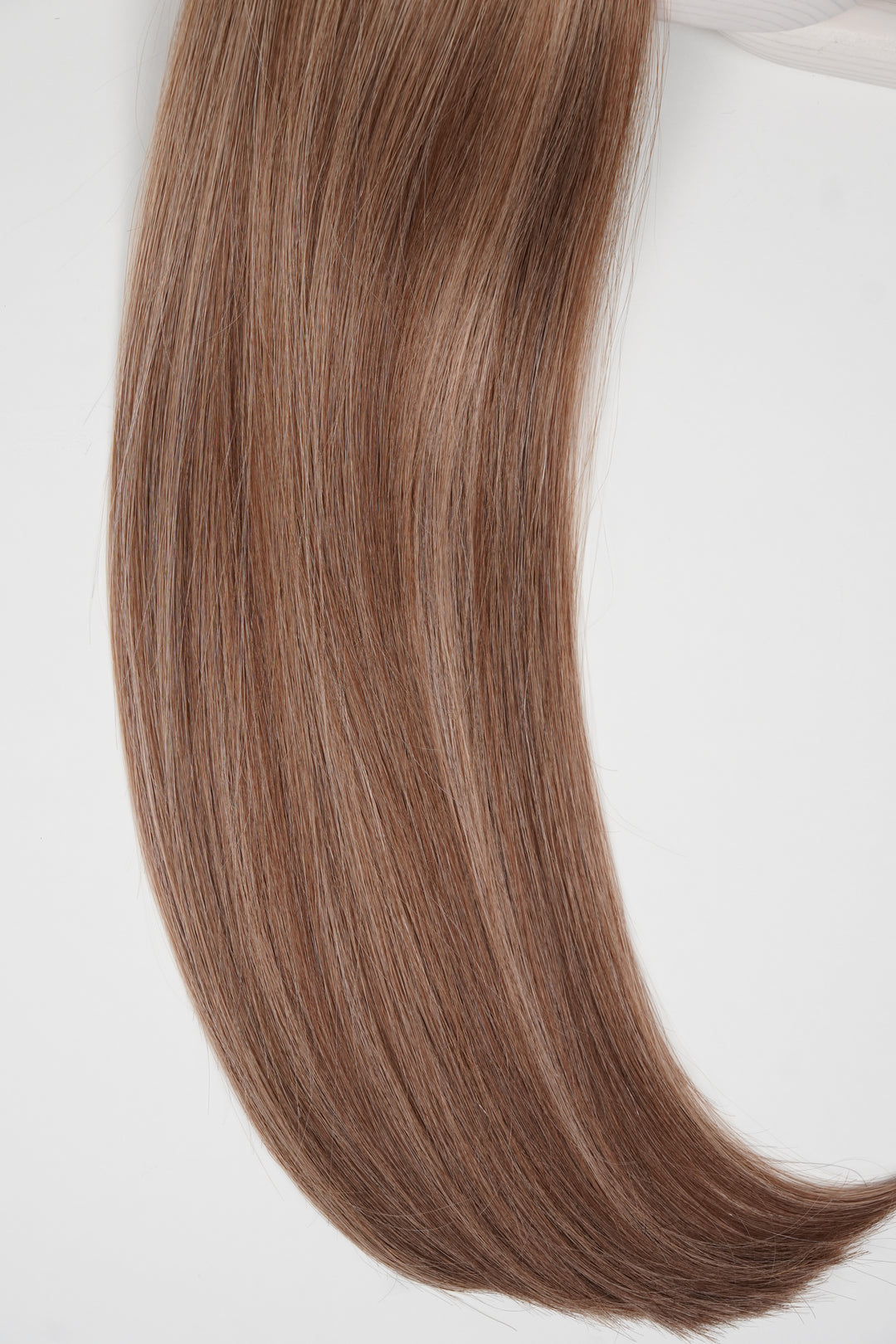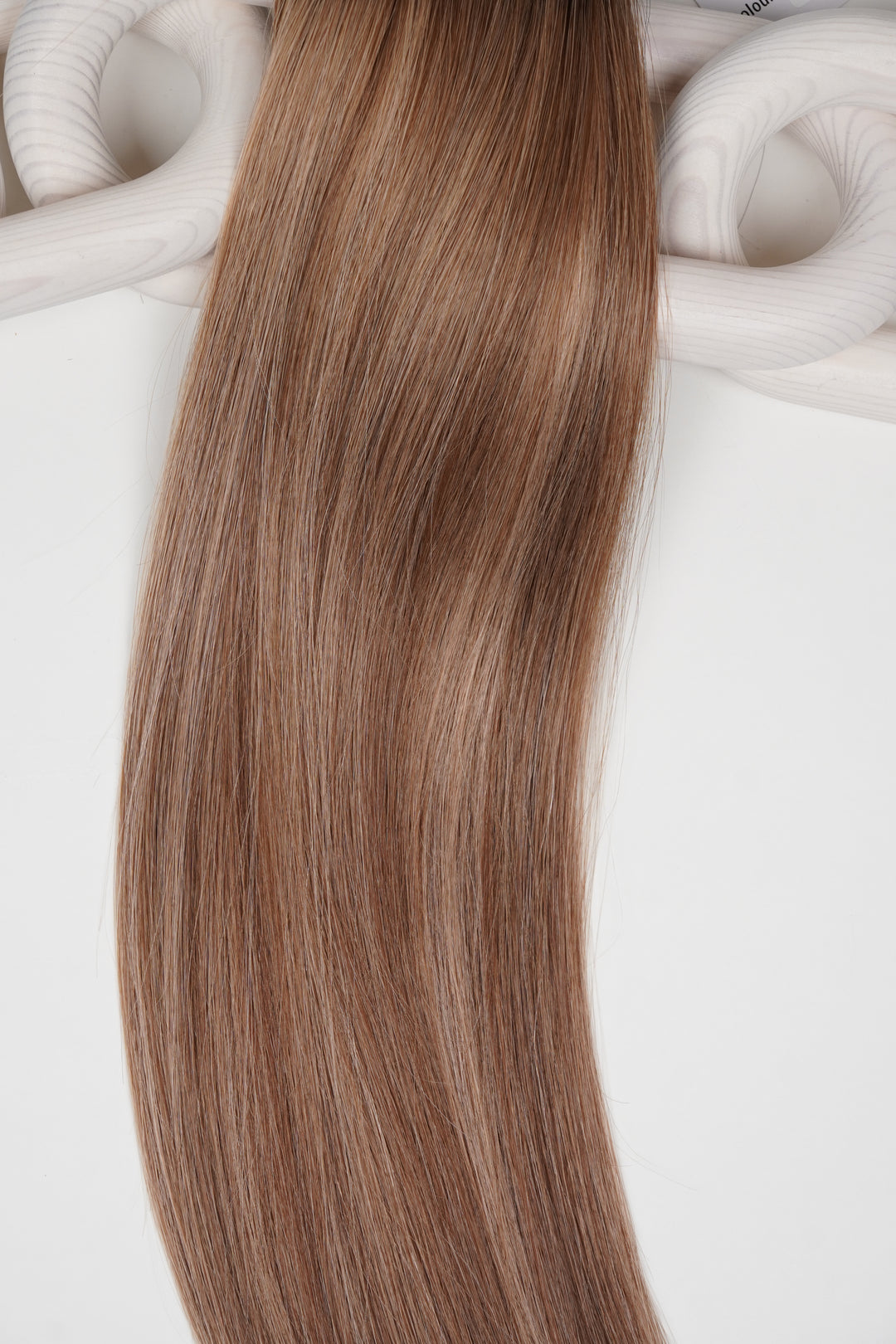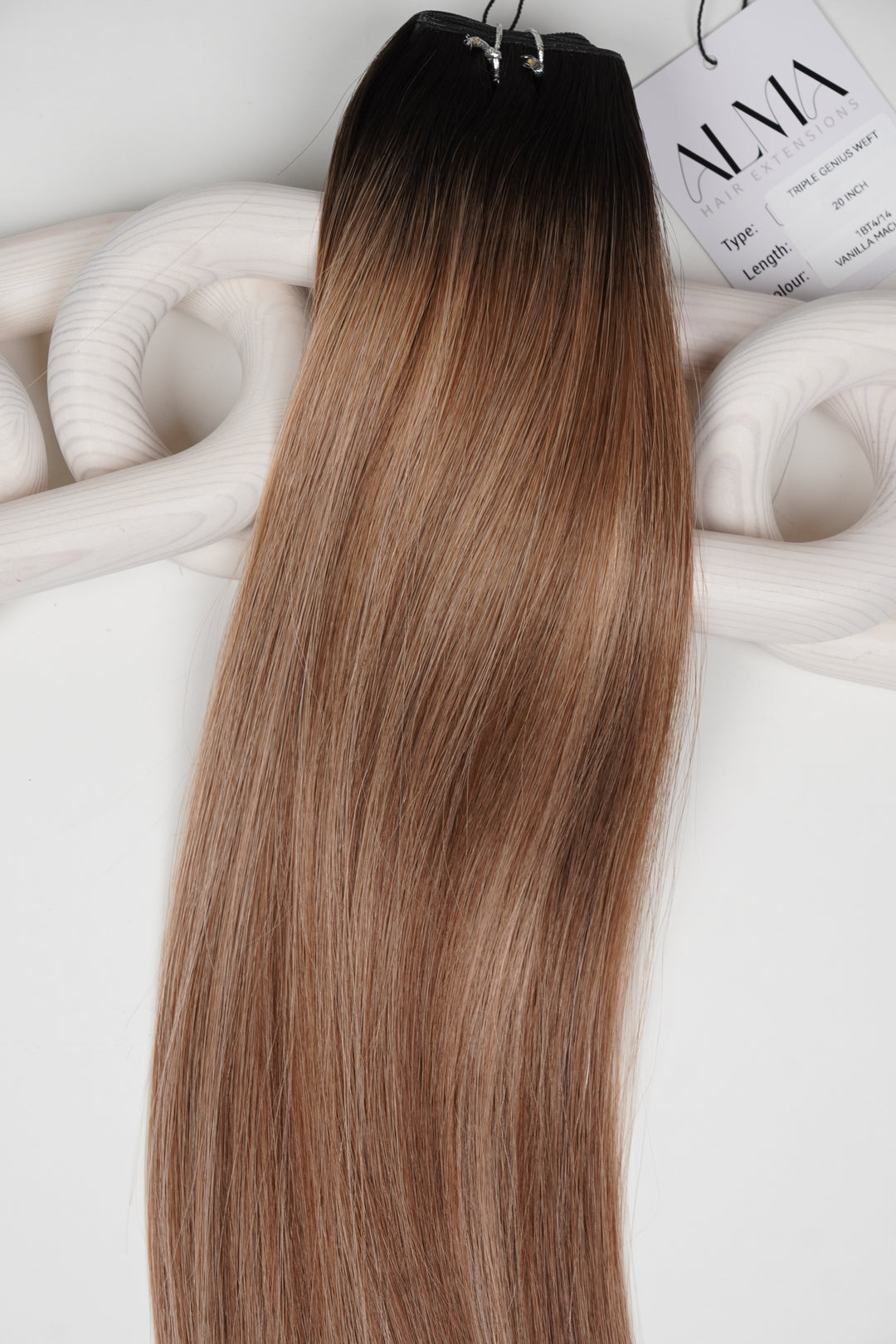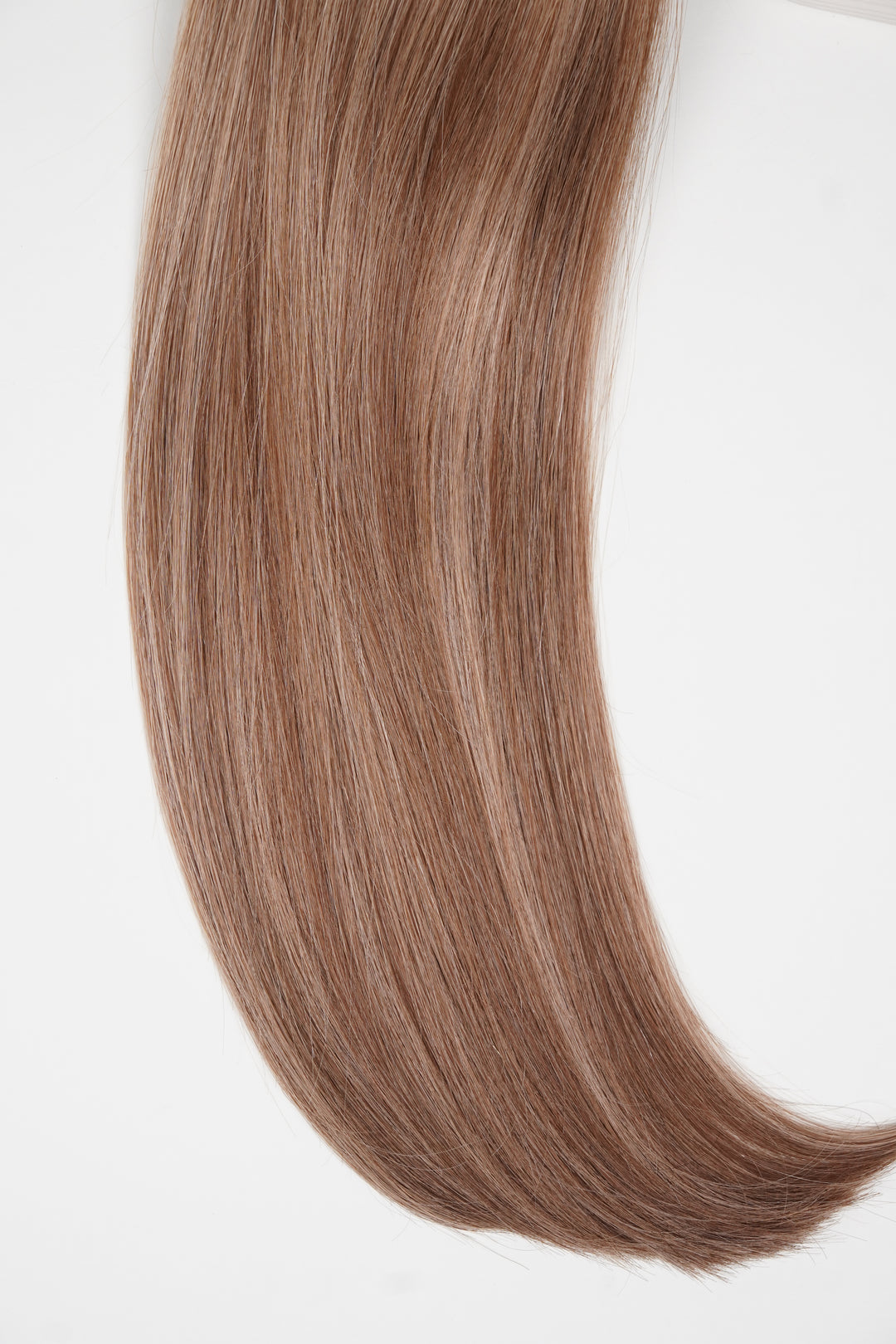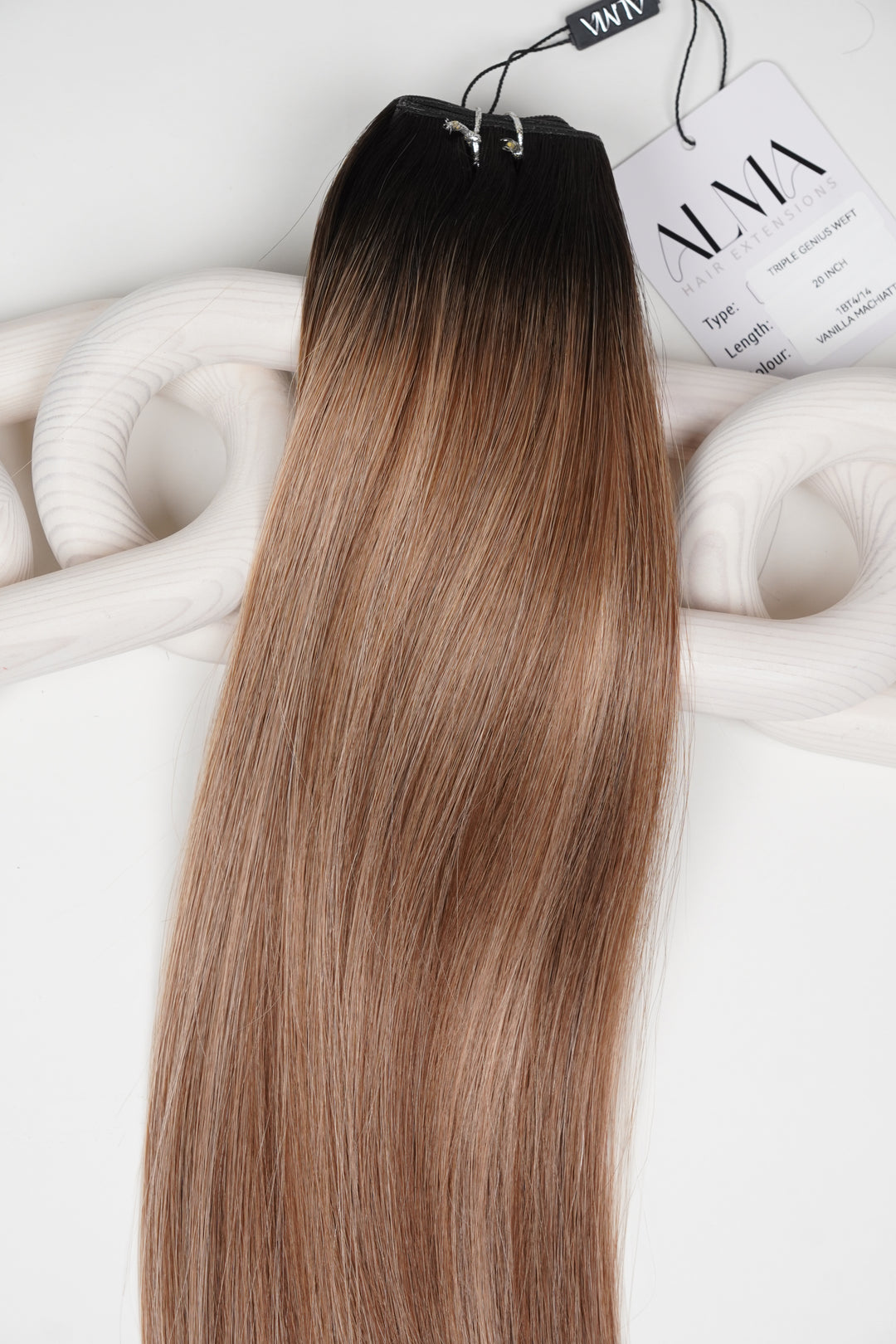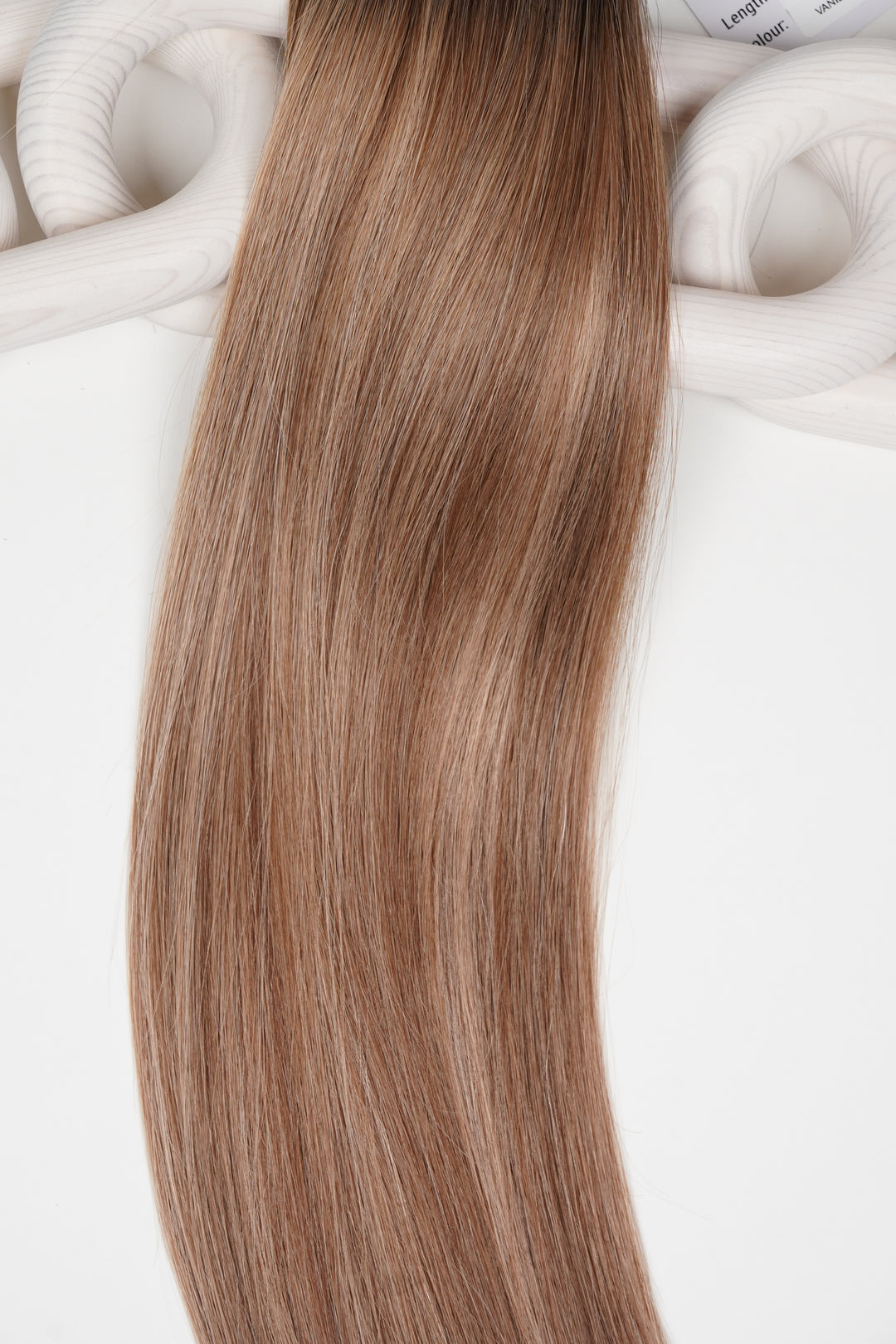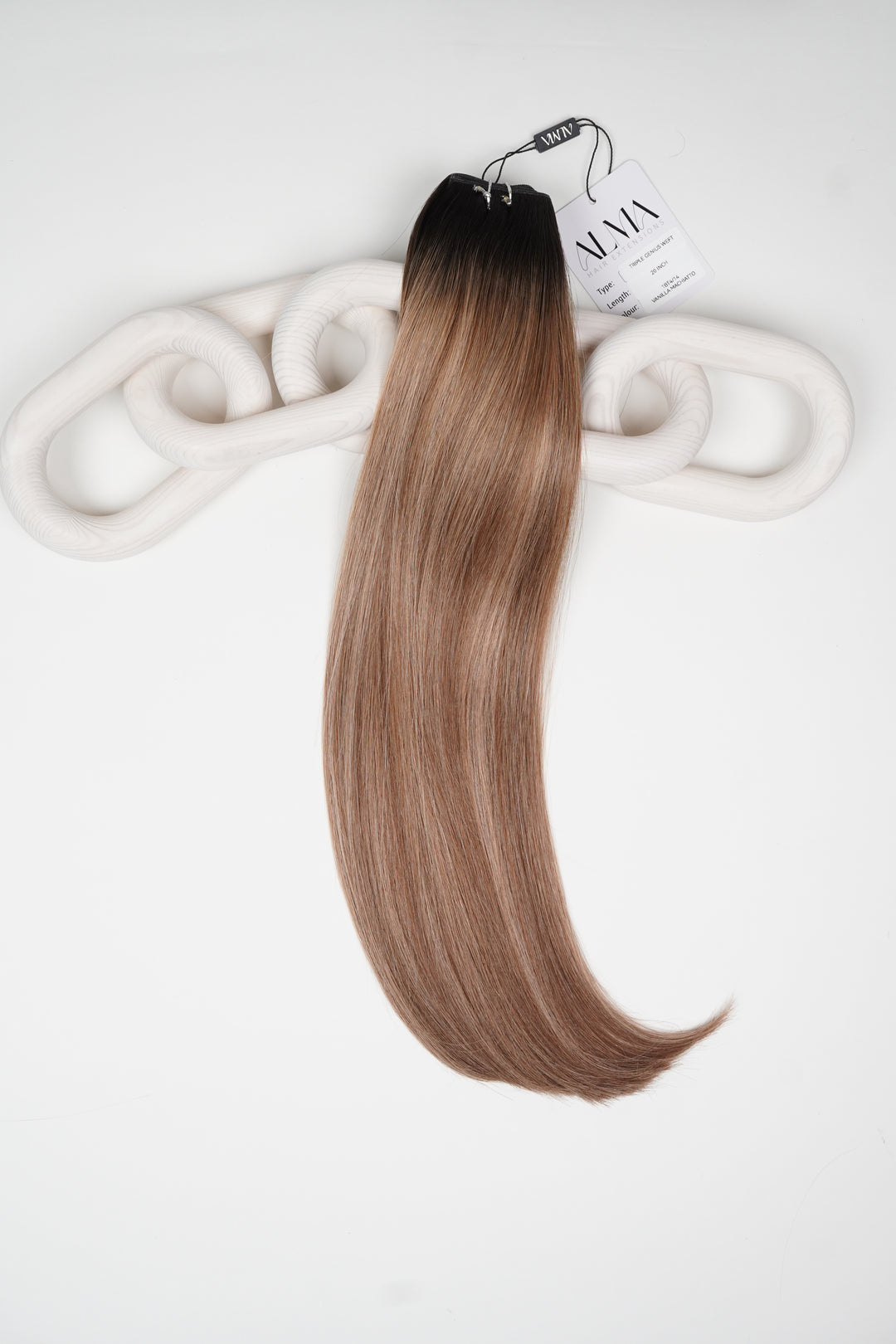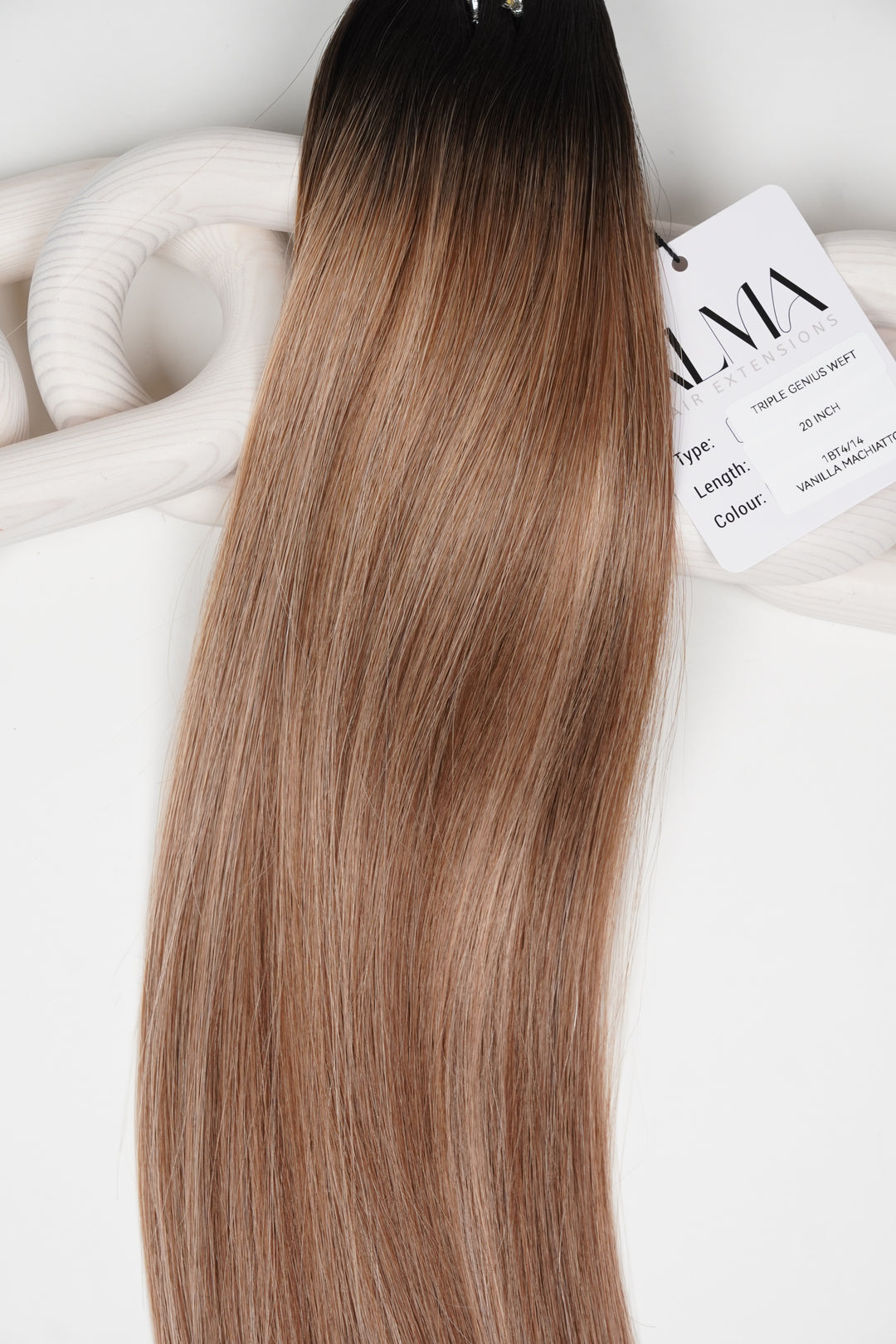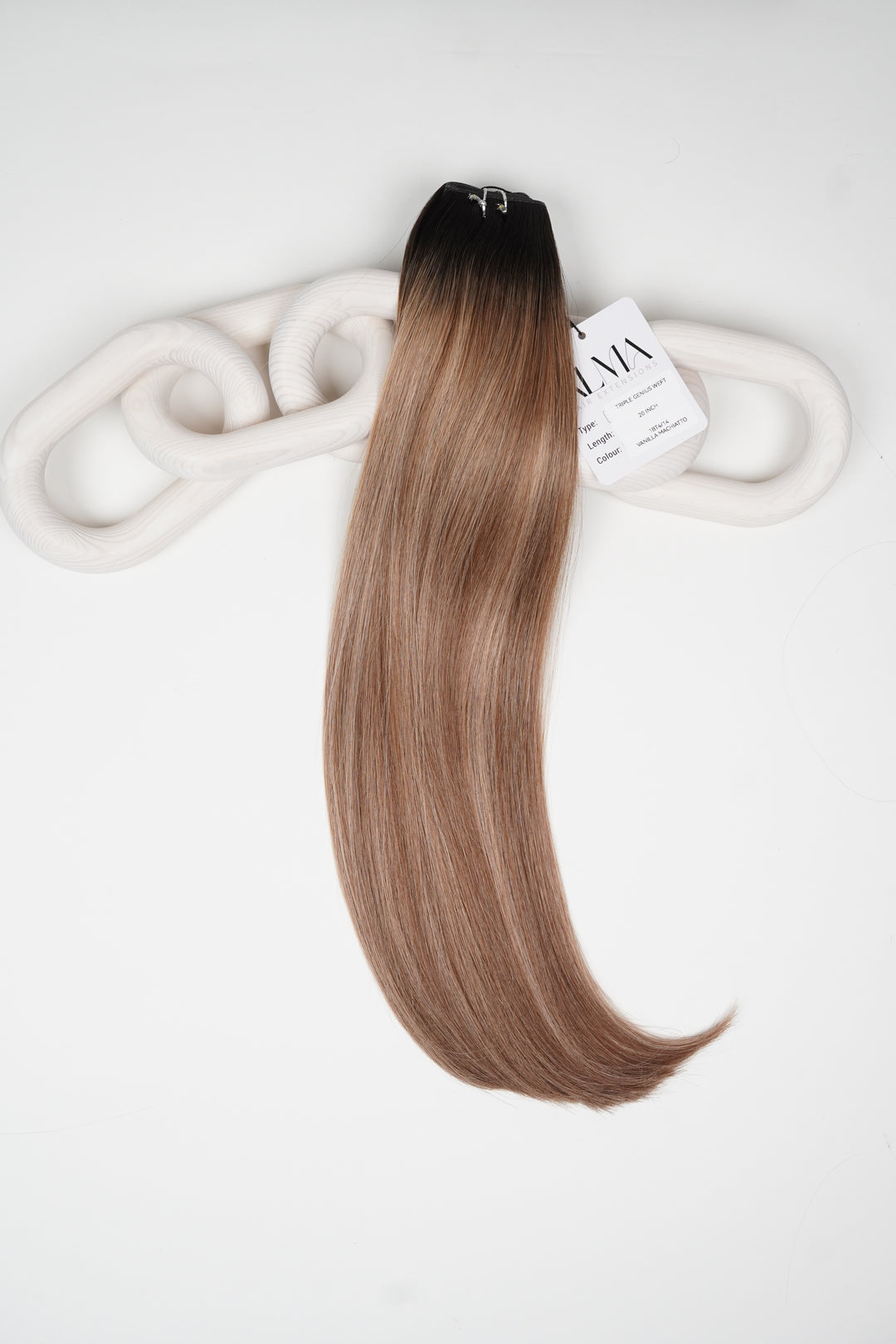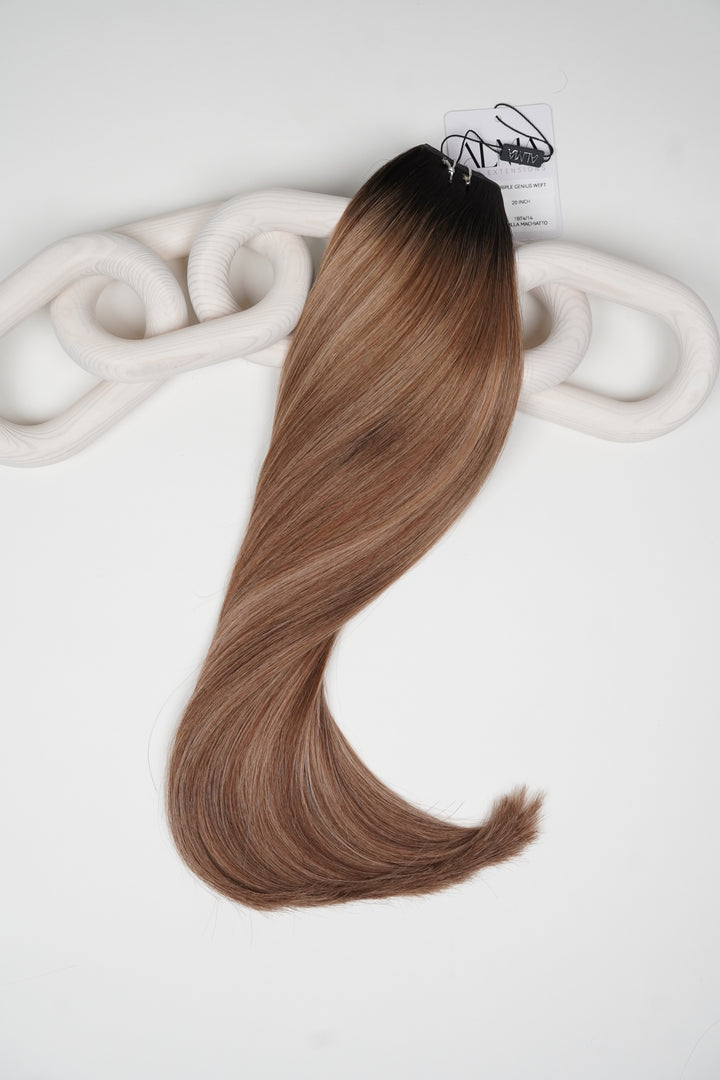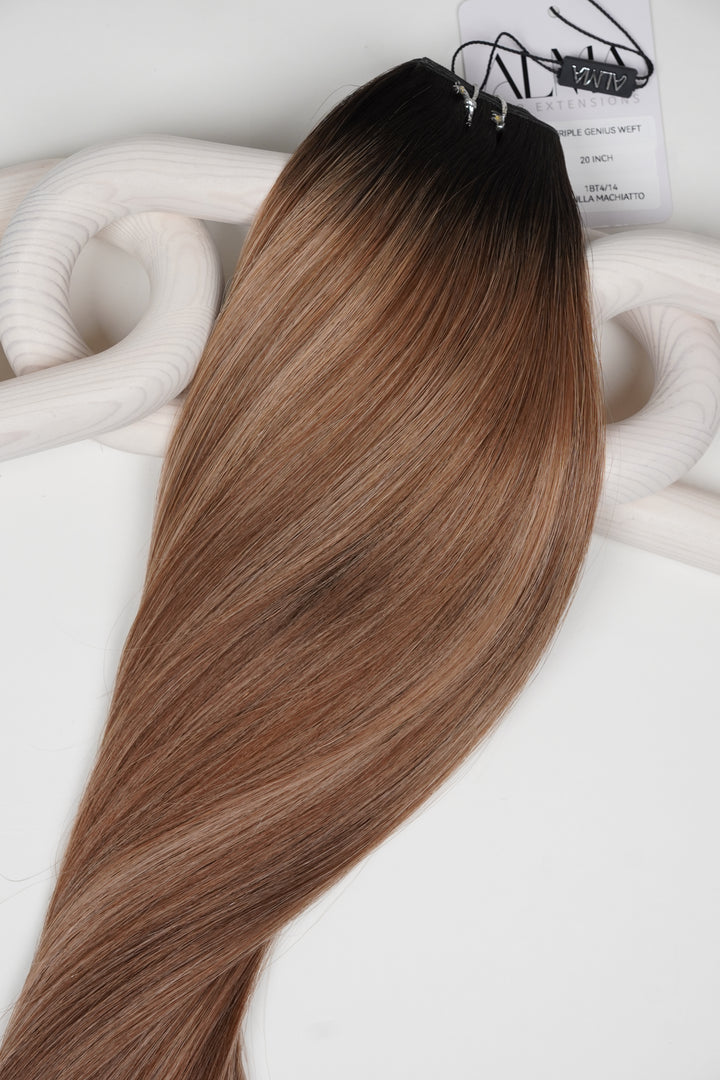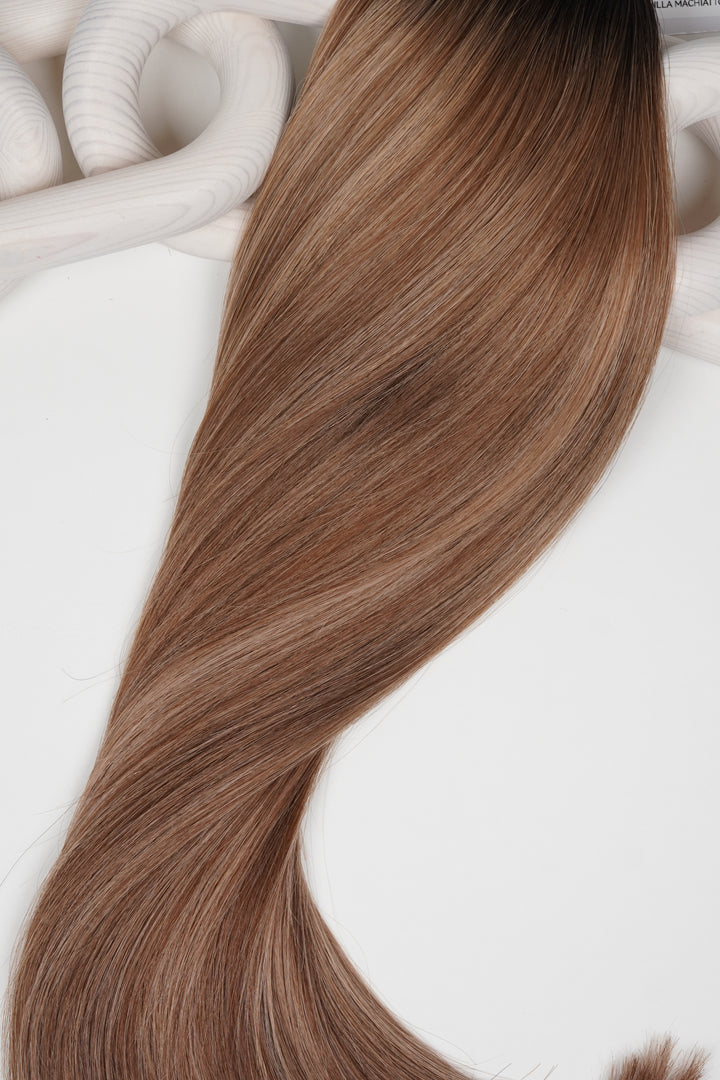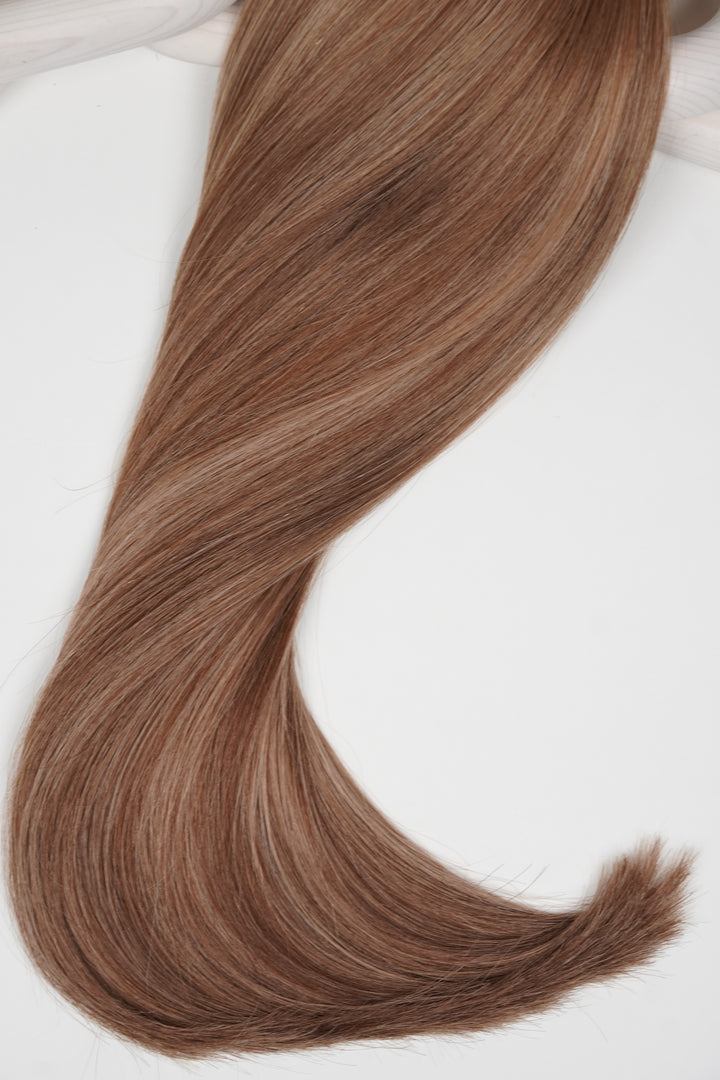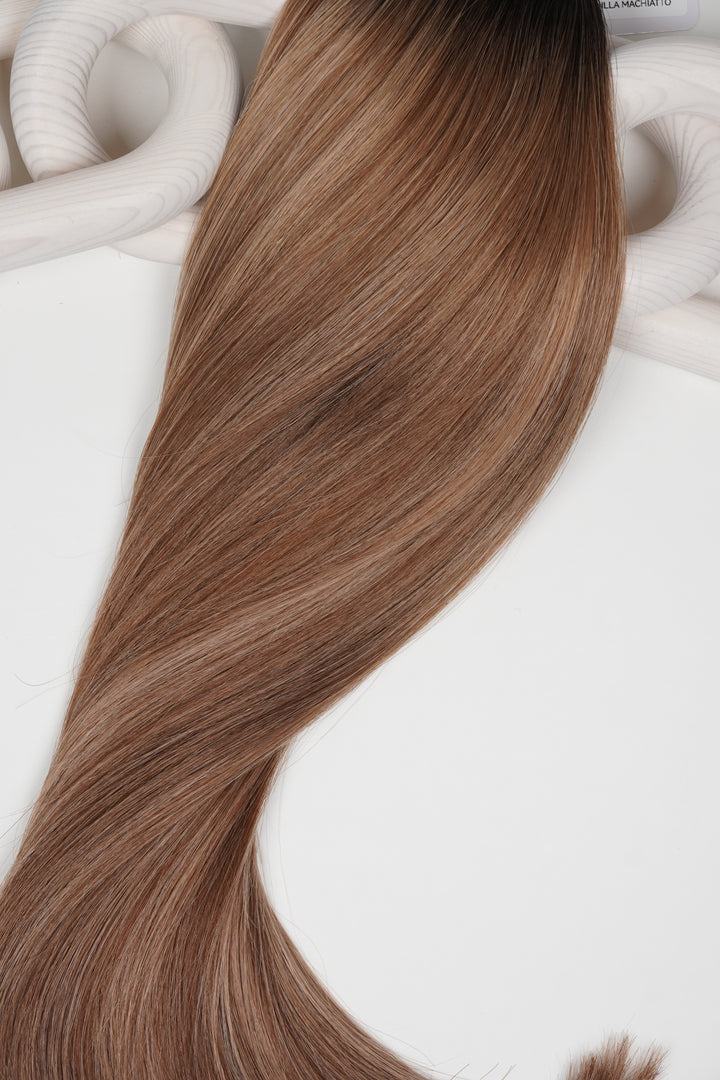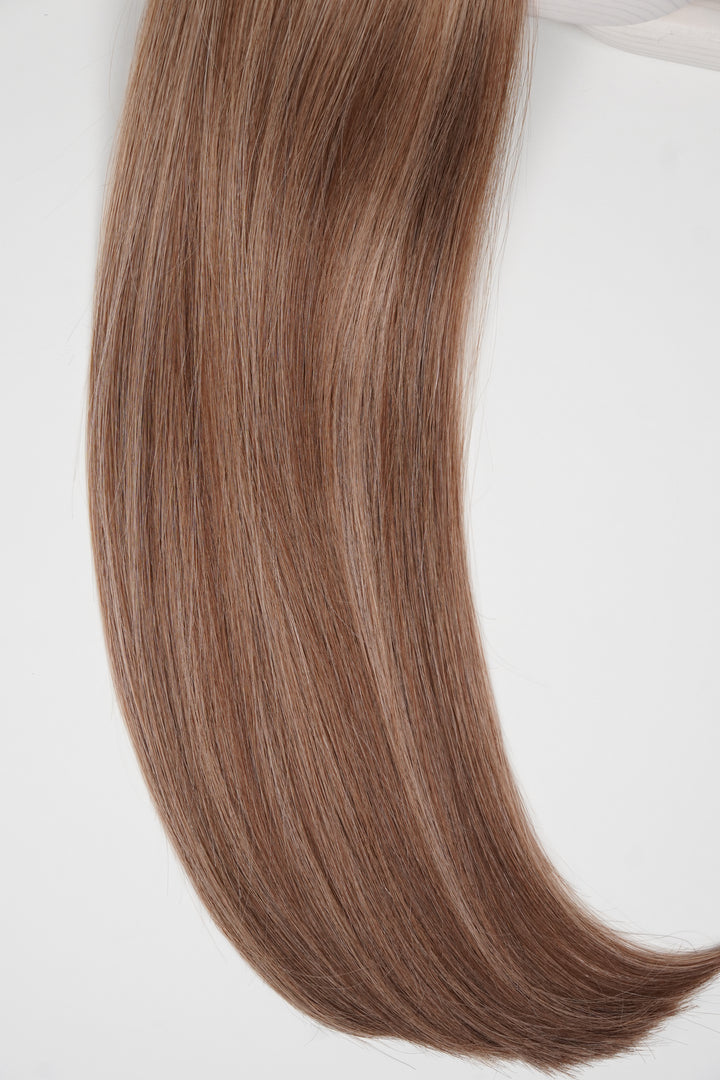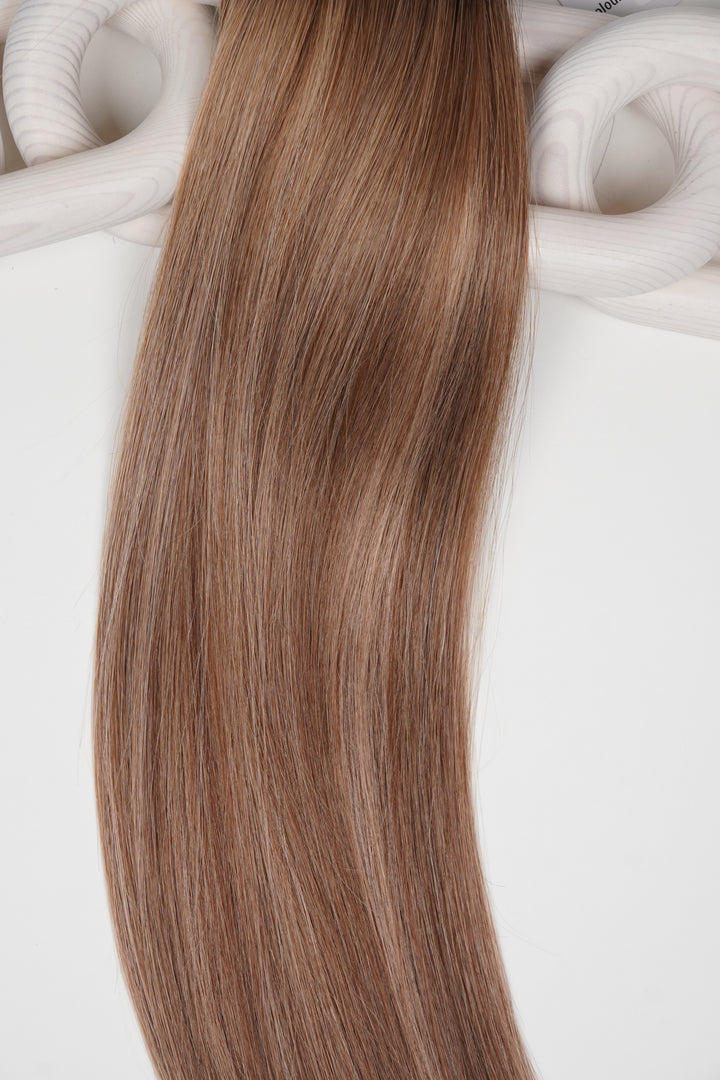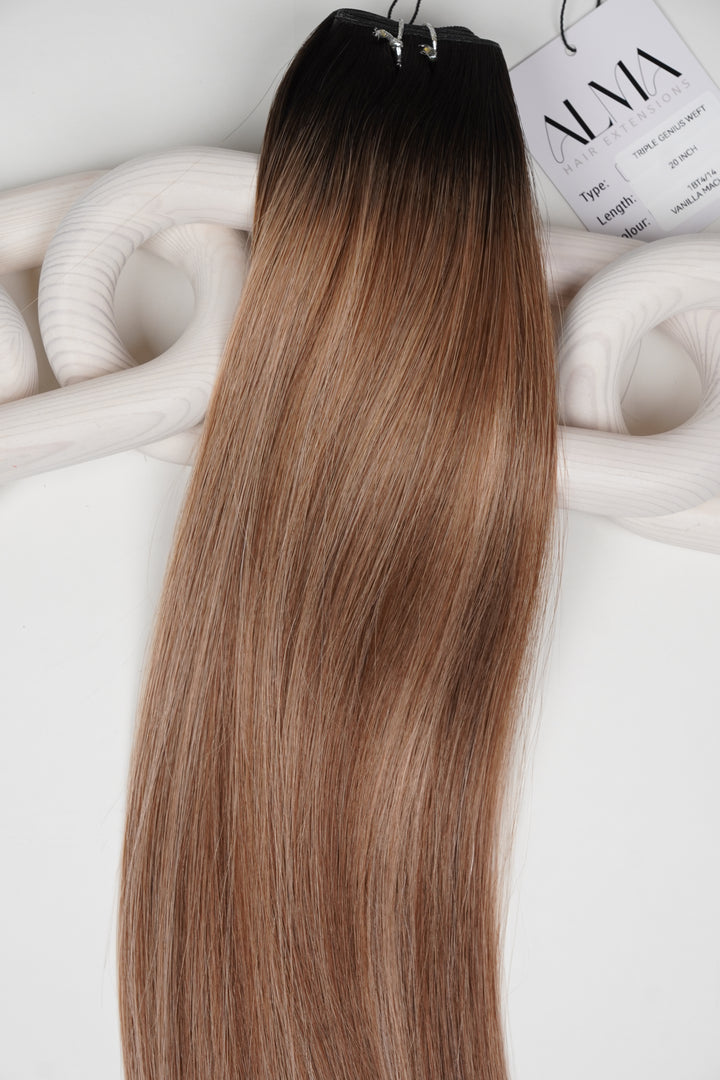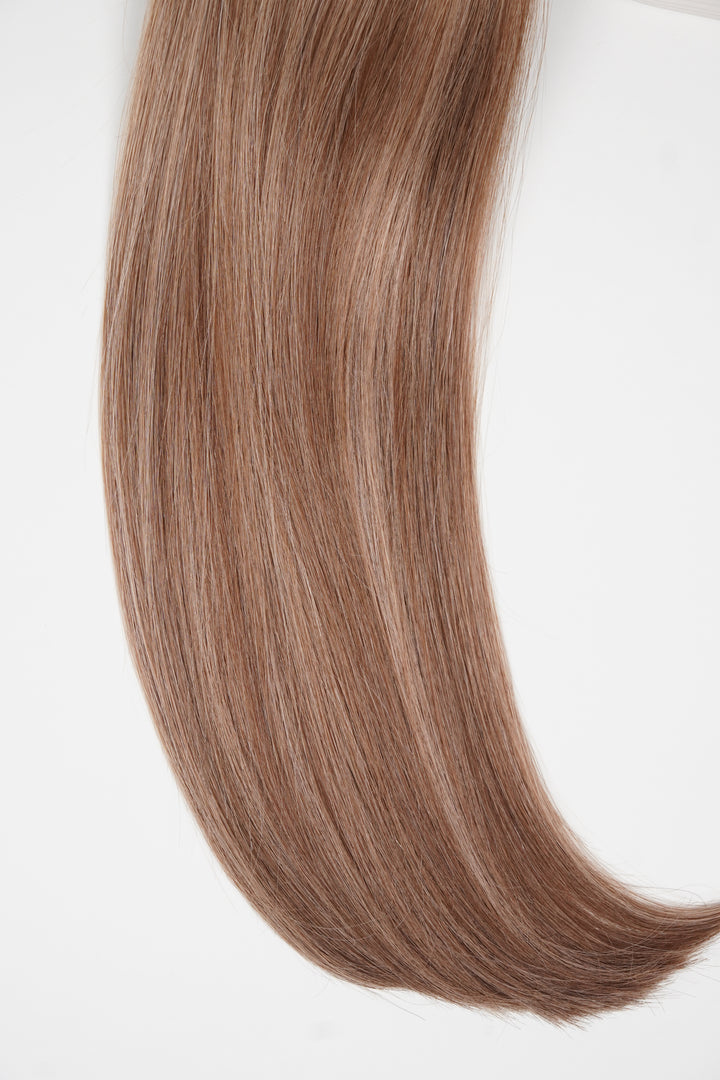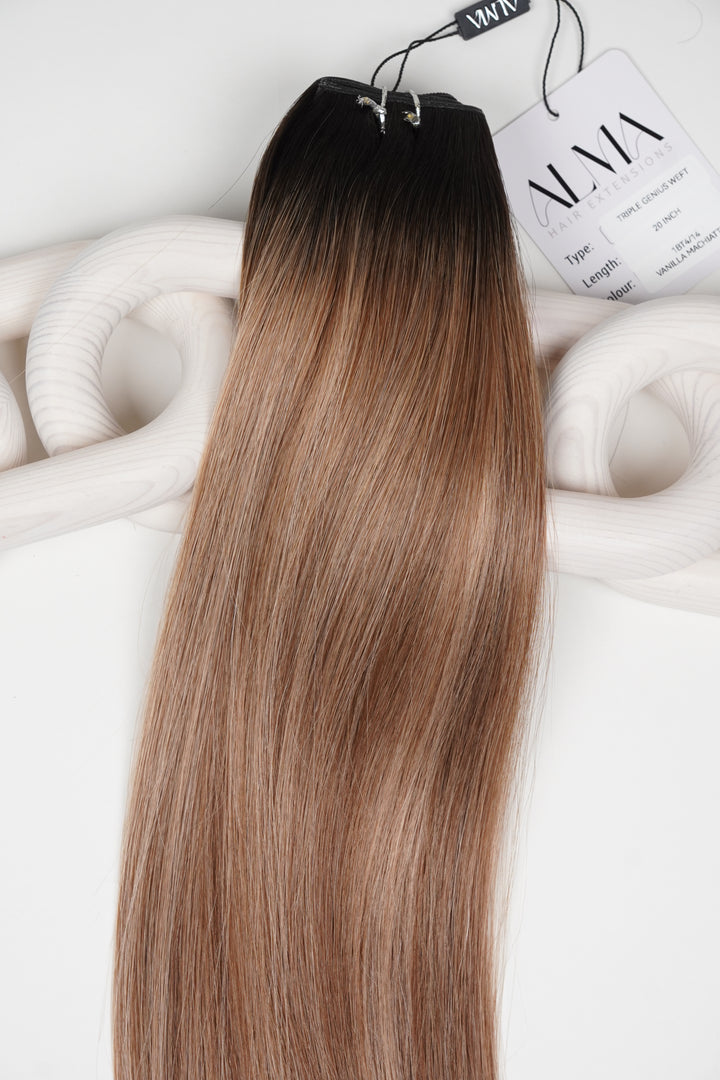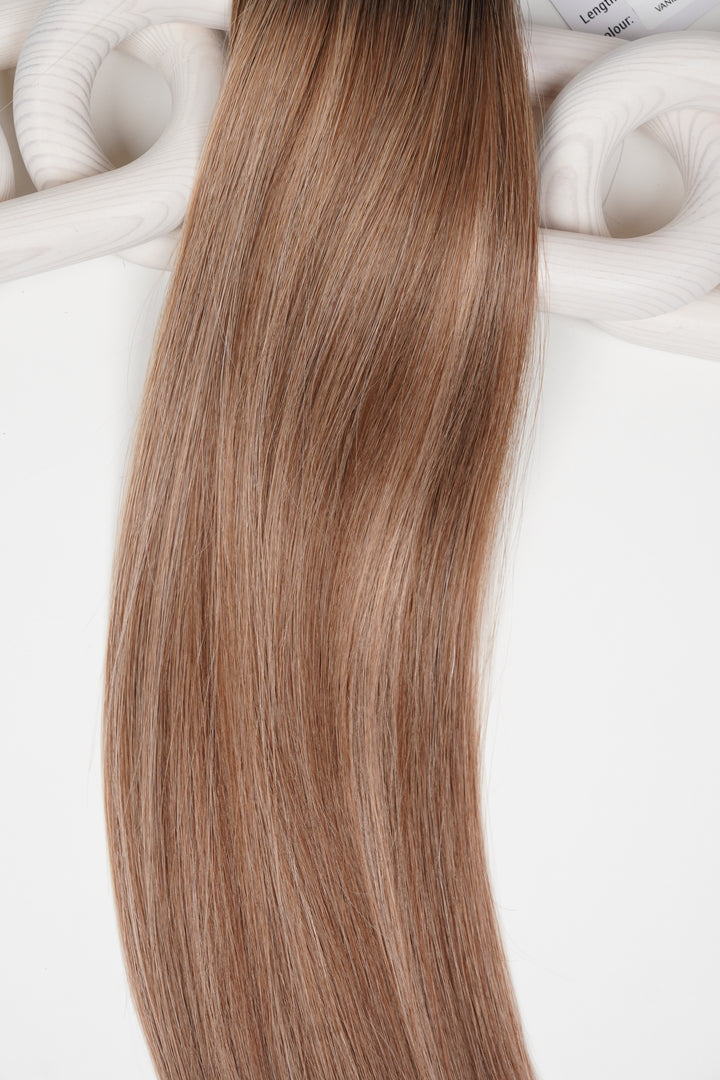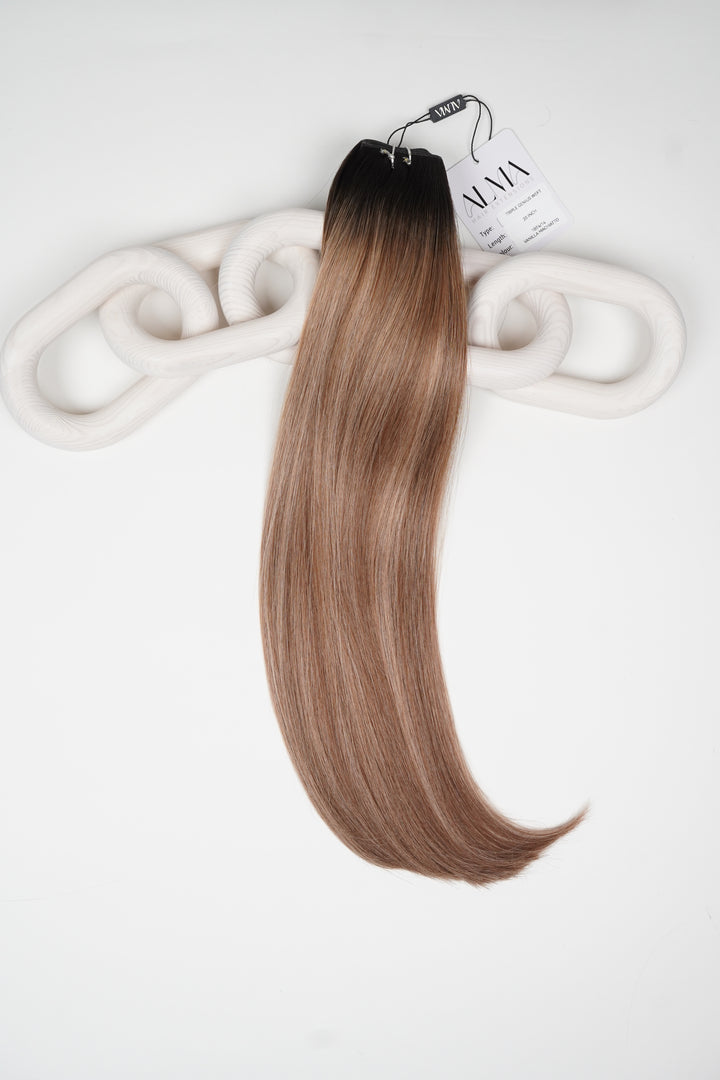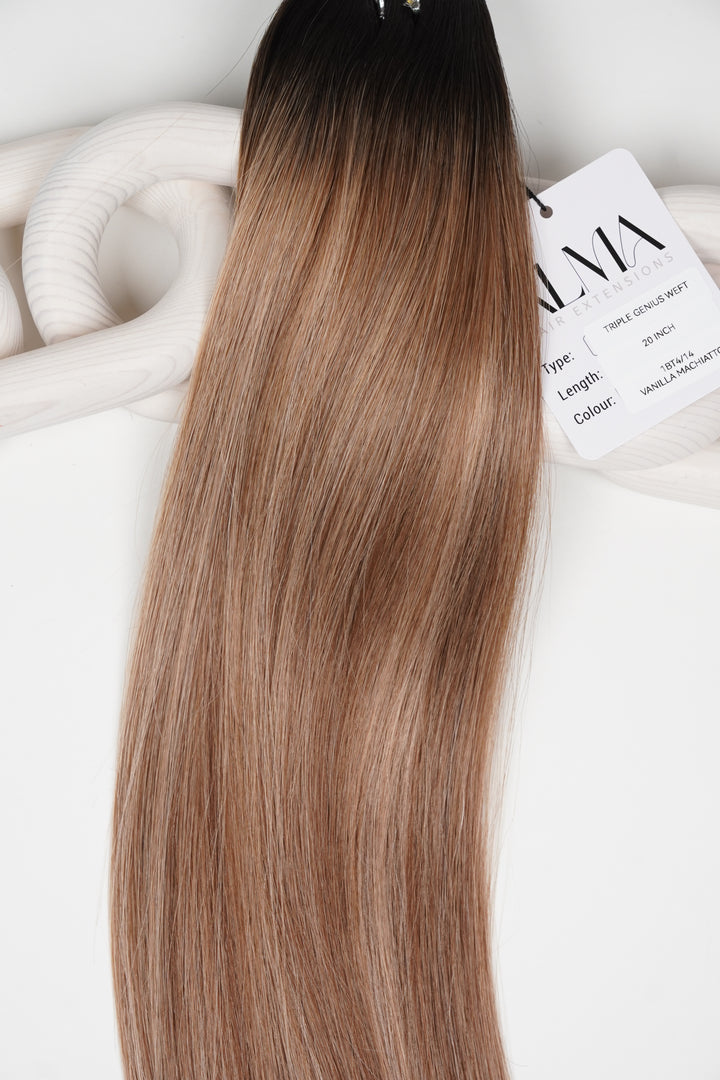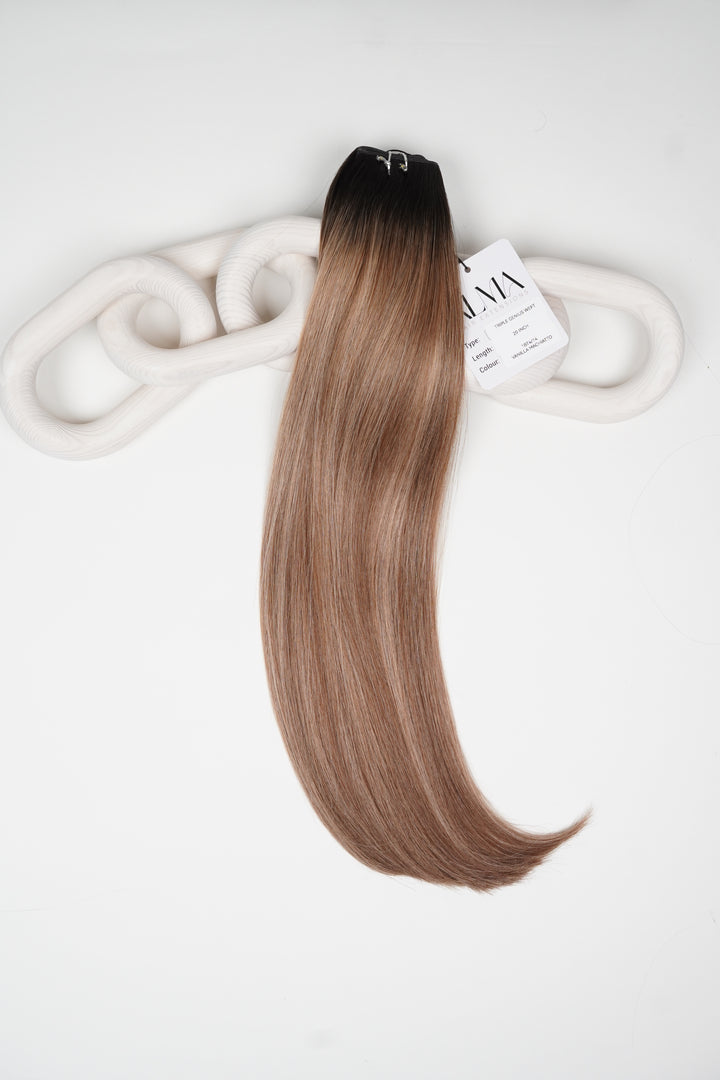7 Tips for Choosing the Best Hair Extension Tools
Choosing the right hair extension tools can make all the difference in achieving that flawless look. Whether you’re a DIY enthusiast or a professional stylist, having the best tools at your disposal ensures that your hair extensions blend seamlessly and last longer. In this post, we’ll explore essential tips to help you nail down the perfect tools for your hair extension needs. Let’s dive in!
1. Know Your Extension Type
Different types of hair extensions require different tools. Understanding the specific type of extensions you’re using will help you decide which tools will work best. For instance, clip-in extensions necessitate a different approach and set of tools compared to fusion or tape-in extensions. If you’re not clear on the variations, it’s worth taking a moment to do a little research.
Additionally, the texture and quality of the extensions also influence the tools you should choose. Human hair extensions, for example, may need different care compared to synthetic ones. So, remember to check the labels and recommendations from the suppliers—they can shine a light on the best tools that will help you create a natural and flawless look.
2. Invest in Quality Tools
Quality matters when it comes to hair extension tools. Investing in high-quality tools not only ensures a better result but also protects your hair from damage. Cheap tools may save you money upfront, but they can lead to far costlier mistakes down the road, like hair breakage or inefficient application.
High-quality tools often come with advanced features that can make your hair extension process smoother. For instance, consider a heat protective mat when working with hot tools—this small investment can protect your surfaces while providing safety from burns. Remember, the tools you use are an extension of your skill, so don’t skimp!
3. Consider Your Application Method
From clip-ins to bonds and tape-ins, each application method requires specific tools. Familiarize yourself with the methods and tools that align with your chosen extension type. For example, if you are going for the tape-in method, you’ll need tape specifically designed for hair extensions for a secure hold.
Each application technique also interacts differently with the hair’s natural integrity. A good practice is to read up on the pros and cons of your chosen method, which will guide you not just in tool selection but in application. Knowing how each method works will empower you to choose wisely, avoiding costly mistakes.
4. Choose the Right Adhesives
If your extensions require adhesives, picking the right kind is key. Look for skin-friendly options that are strong yet gentle on your hair. Your choice of adhesive could determine how long the extensions stay attached and how easy they are to remove later.
It’s also worth considering how these adhesives might react to your scalp and natural hair oils. Some products may cause irritation or lead to buildup, which can affect the longevity of your extensions. Before settling on a brand, it’s smart to do a patch test or consult with a stylist to ensure your choice is categorized as safe.
5. Evaluate Heat Tools
For bond applications, heat tools are essential. Make sure to select tools with adjustable temperature settings to prevent overheating and potential damage. Did you know that different hair types can react differently to heat? That means what works for one person may not be suitable for another.
Understanding how to use your heat tools properly makes all the difference. Start with lower heat settings to gauge the response of your extensions. It may take a little trial and error, but finding the right balance prevents damage and extends the life of both your natural hair and your extensions alike.
6. Don’t Forget the Detangling Tools
Properly maintaining your extensions requires the right detangling tools. Look for brushes or combs specifically designed for use with hair extensions to minimize breakage. Regularly detangling your hair not only keeps it looking flawless but also deters damage over time.
It’s important to be gentle during the detangling process. Start from the ends and work your way up to the roots. Using the right tools, your detangling routine can become a soothing, almost therapeutic experience instead of a tug-and-pull struggle.
7. Read Reviews and Seek Recommendations
Before purchasing any tools, do your research. Reading reviews or asking for recommendations from experienced users can help you make informed decisions. This step is a game changer—trusted opinions can give you invaluable insights into what works and what doesn’t.
You can find reviews online, from forums to social media platforms, where fellow hair extension lovers share their experiences. Engaging with stylists or community groups can also lead you towards tools you may not have considered. It’s all about tapping into the hive mind to ensure you make the right choices in your hair extension journey.
